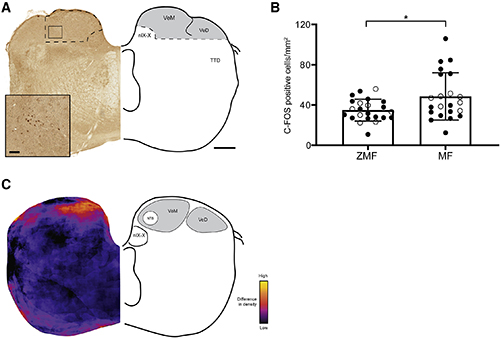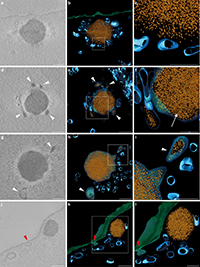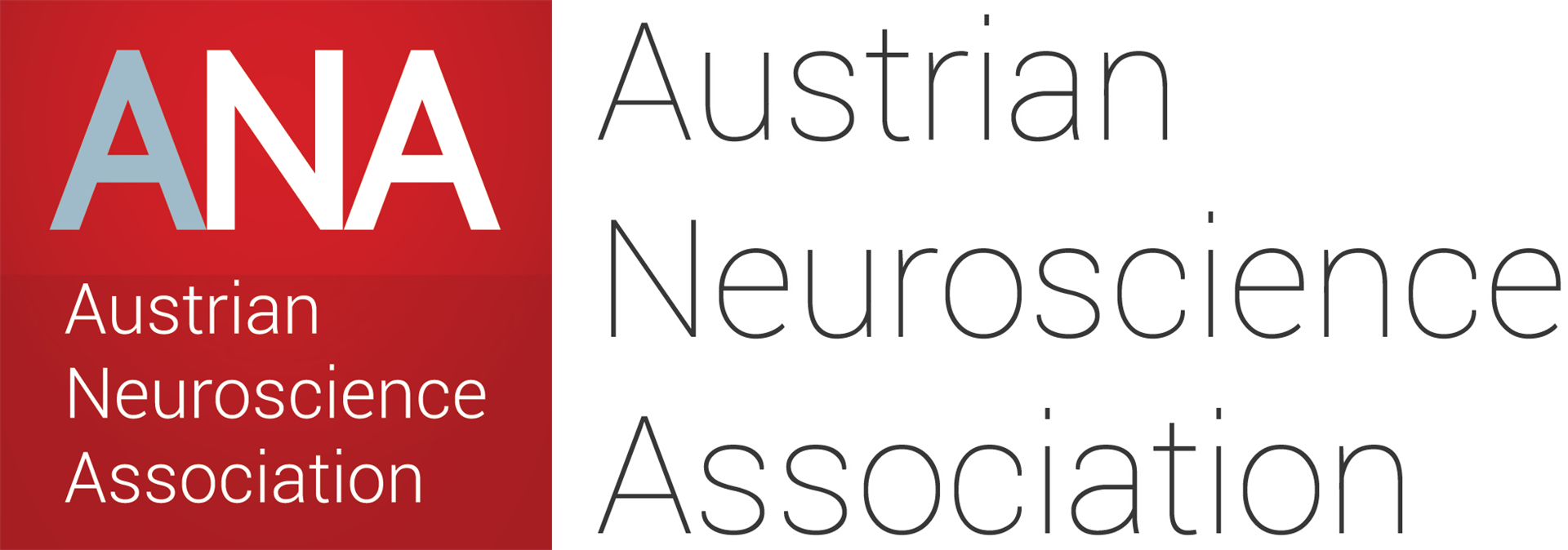Investigating the neuronal basis of magnetoreception in the pigeon
Simon Nimpf (IMP Vienna)

The remarkable ability of animals to navigate over long distances is mediated by the sensory perception of the Earth’s magnetic field. Behavioral experiments on a large number of taxonomically diverse species support the existence and utilization of magnetoreceptive systems, however the underlying sensorineural structure mediating this unusual sense remains elusive. In this thesis I set out to investigate where and how a magnetic stimulus might be transduced into a neuronal impulse and how this information is integrated in the central nervous system of pigeons.
Employing neuronal activity mapping I report that exposing pigeons to rotating magnetic fields leads to increased activity in the brainstem vestibular nuclei and the hippocampus of pigeons. Physical calculations and modeling further support the hypothesis that magnetic fields might be detected by voltage sensitive ion channels in the semicircular canals of the vestibular system through a process called electromagnetic induction (Nimpf, Nordmann et al., Current Biology, 2019). Using a newly established in vivo 2-photon calcium-imaging set-up, I provide additional preliminary evidence for magnetosensitive neuronal populations in the pigeon hippocampus. Finally, I investigated the molecular machinery associated with the formation, development and function of an iron-rich organelle in pigeon sensory hair cells and its potential involvement in magnetoreception (Nimpf et al., eLife, 2017). Taken together, these data support the hypothesis that magnetic field information might be detected in the pigeon inner ear and relayed to higher order brain structures for central integration.


Jury for the 2020 Best Thesis Award: Thomas Klausberger (Loewi Award 2005); Alex Koschak (Loewi Award 2011); Daniela Pollak (Loewi Award 2009).
